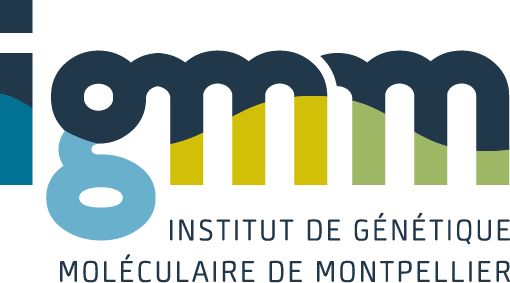We studied the occurrence of a p53 mutation along passages stored as frozen vials during establishment of a nontumorigenic human mammary epithelial cell line HMT-3522. Mutations were identified by a PCR-SSCP approach using DNA as a template. The mutation, a nonconservative nucleotide substitution at codon 179 changing a histidine into an asparagine, appeared between passages 51 and 63 and was concommitant to a change in growth conditions. Cells were no longer grown on collagen coat and cell growth was not responsive to insulin, transferrin, or hydrocortisone anymore. To assess if the mutation was an early or a late event during cell line evolution we put a vial of cells frozen at passage 30 back into culture and tested for the appearance of a p53 mutation along newly produced passages. The same mutation (His to Asp at codon 179), as previously identified, reemerged between passages 48 and 52, thus indicating that the mutation was preexisting in passage 30 and gradually selected out because of the growth advantage it conferred. In order to gain in sensitivity we used a RFLP approach on PCR fragments which allowed us to detect the mutation as early as passage 44. Hence it took 14 passages (approx 50 cell doublings) for the mutated cells to become detectable and another 9 passages (33 generations) to overgrow the wild-type component of the population. We calculated that the mutated cells acquired a growth advantage which allowed them to cycle 1.2 +/- 0.05 faster than wild type. Computer simulations were consistent with the mutation appearing at passage 20.
Gradual selection of a cellular clone presenting a mutation at codon 179 of the p53 gene during establishment of the immortalized human breast epithelial cell line HMT-3522
Moyret, C.; Madsen, M. W.; Cooke, J.; Briand, P.; Theillet, C.
1994
Exp Cell Res
1994-12 / vol 215 / pages 380-5
Abstract
Tags
Female; Humans; Models, Biological; Polymerase Chain Reaction; Cell Line; Heterozygote; Cell Division; *Genes, p53; *Point Mutation; Breast/cytology/*metabolism; Chromosomes, Human, Pair 17; Codon/genetics; Epithelial Cells; Epithelium/metabolism; Oligodeoxyribonucleotides/genetics; Repetitive Sequences, Nucleic Acid
